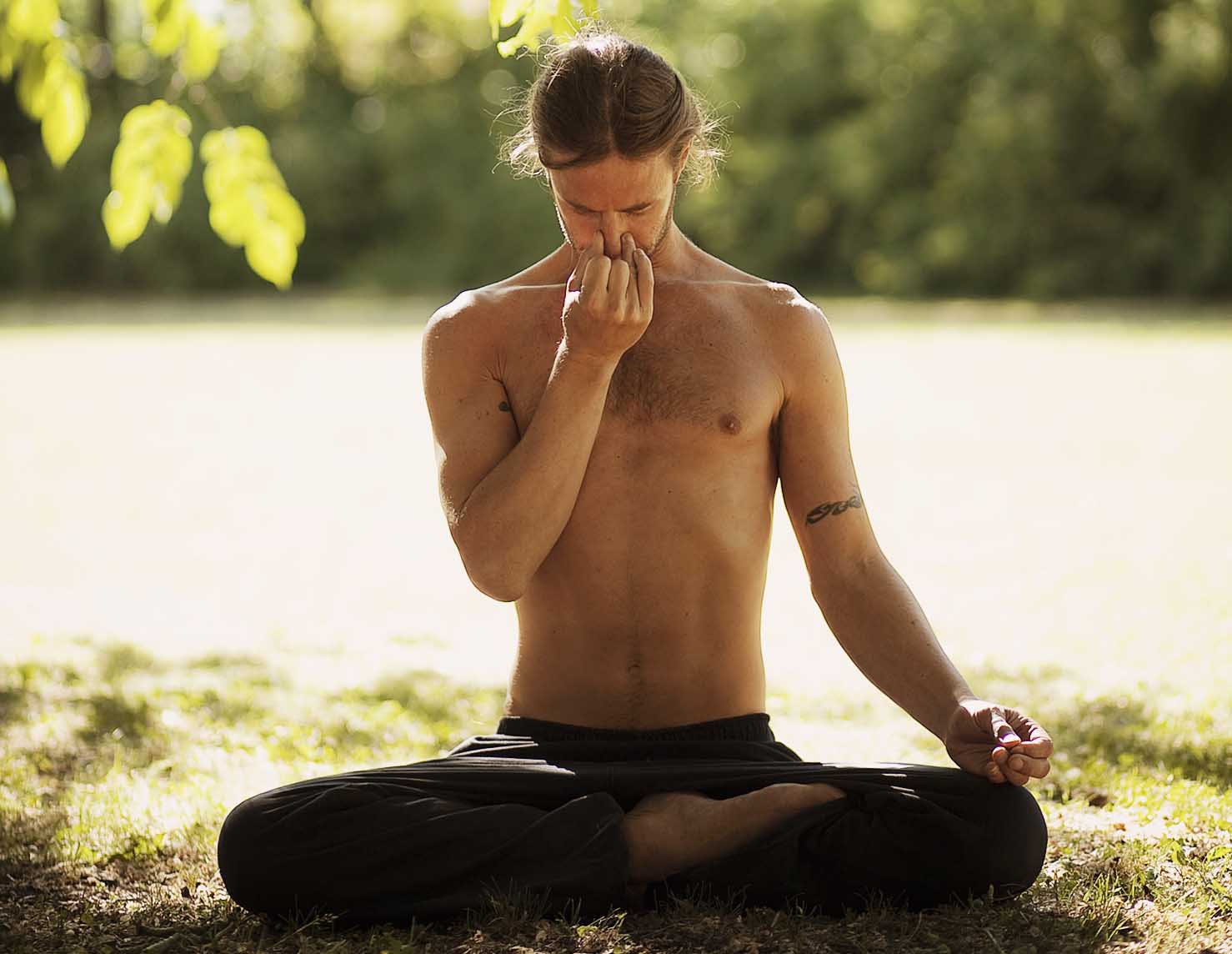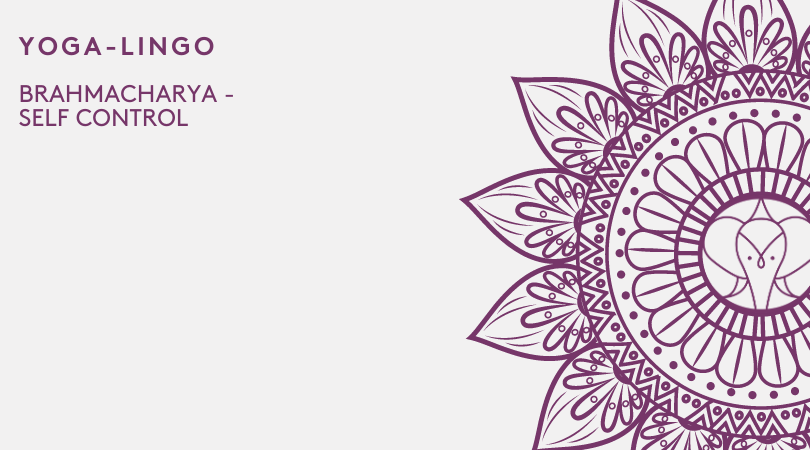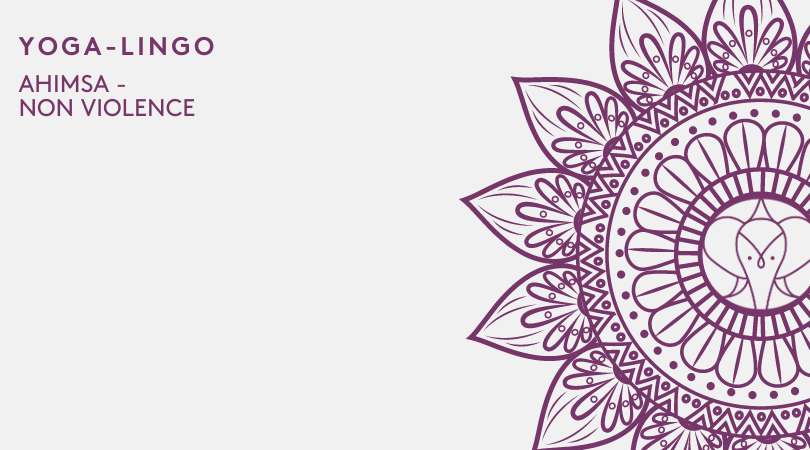Pranayama and Breathing Exercises for Anxiety and Stress
Anxiety is a common problem affecting at least 300 million people across the globe according to the World Health Organization (WHO). Worse, millions of people that suffer from anxiety can’t find an effective solution.
Anxiety can range from very mild incidents that virtually everyone has experienced at some point in their life to severe debilitating episodes. Symptoms vary widely from person to person but are characterized by emotions, such as stress, that is not proportionate to the situation and excessive worry. Either way, the real problems start when feelings of anxiety start to control your life.
The question then becomes, is there a way to relieve anxiety and protect yourself from its detrimental effects?
You can use various simple breathing exercises to focus your mind and distract yourself from what’s triggering your anxiety. These breathing exercises, also known as pranayama in yoga, help relax your breathing and calm your nerves within seconds.
There are many different kinds of pranayama that are effective in relieving anxiety and panic attacks. If you learn three to five pranayama exercises and practice them regularly for 5 to 10 minutes, you can significantly improve your quality of life. Your thoughts will become clearer, and you’ll be calmer and feel more in control.
So, how do you practice these breathing exercises that can come in handy whenever you’re struggling with anxiety? We have listed five breathing techniques and four pranayamas that you can do at home for breath awareness and to help you reduce stress anxiety and chronic pain among other health benefits of pranayama practices.
Diaphragmatic or Deep Breathing
Deep breathing exercise is ideal for preventing the fight-or-flight reaction to stressful situations. In these situations, the body's reflex system and parasympathetic response system usually are on high alert resulting in a faster heartbeat and increased breathing rate.
However, if you are consciously aware of your breathing and are able to control its rate and depth, the chances of sinking into a panic or anxiety attack are reduced. That’s the essence of deep breathing, but how do you practice this breathing technique?
It’s advisable to practice diaphragmatic breathing while you’re in a calm and safe environment at home.
How do you practice deep breathing?
- Find a tranquil place with no distractions. You can either lie down or recline in a chair. Then loosen any tight clothing before resting the hands in your lap or the chair’s arms.
- Place one hand on your tummy and the other on your upper chest. Take a deep breath from your abdomen while counting to three. You should feel your belly rising up as you breathe in. Be sure the hand on your chest stays in place.
- Pause for a moment before slowly exhaling while counting to three. You should feel your belly falling back down as you breathe out.
Carbon Dioxide Re-breathing
Carbon dioxide (CO2) re-breathing is effective in treating hyperventilation syndrome, which is typically associated with panic disorders.
Hyperventilation is an emotional or psychological condition that causes you to breathe excessively. When you’re hyperventilating, it may feel like you aren’t getting sufficient oxygen. However, the effect is quite the opposite.
Namely breathing too deep and too fast makes the body receive more oxygen than it needs while losing more CO2. While CO2 is a byproduct of metabolism, you still need some amount in your bloodstream to uphold the right pH balance in your body.
When you lose a substantial amount of CO2, certain body tissues may start to malfunction. Rebreathing CO2 back into your system can alleviate hyperventilation. While this breathing technique may not stop a panic attack entirely, it is effective in reducing symptoms and getting your breathing back to a somewhat normal level.
How do you practice CO2 rebreathing?
Simply cup both your hands over the mouth and breathe slowly. You want to prevent unnecessary expulsion of CO2 and get it back to your lungs. You can even use a small paper bag to trap the CO2.
Buteyko breathing
is another effective method to deal with hyperventilation. Here’s how it is done:
Sit in a comfortable position and inhale gently through your nostrils.
Exhale gently through your nostrils.
Immediately after breathing out, pinch your nose with your fingers and hold your breath for as long as you feel comfortable.
Sway or nod your head as a distraction
When you feel like you want to breathe again, release your nose and resume breathing
Continue to breathe as normal and calm as possible.
Wait for about 30 seconds and repeat the procedure six times
The 4-7-8 (Relaxing Breath) Exercise
The 4-7-8 breathing technique is perhaps the simplest of calming breaths. It takes virtually no time, and you can practice it anywhere. While it’s possible to perform this exercise in any position, you’re advised to sit with your back straight if you’re still a novice.
While doing the exercise, the tip of your tongue should be placed against the ridge of tissue just behind the upper front teeth. Be sure it stays there throughout the exercise. Here are the steps to follow:
Breathe out completely using your mouth as you make a whoosh sound.
With your mouth closed, breathe in quietly through your nose as you count to four.
Once you count to four, hold your breath as you count to seven.
Breathe out completely using your mouth as you make a whoosh sound and counting to eight.
This sequence makes a single breath. You need to breathe again while counting to four and repeat three more times to make a total of four calming breaths.
Keep in mind that this breathing exercise requires that you inhale quietly through your nose and exhale loudly through your mouth. Moreover, the actual time you spend on each phase is of no significance. What matters is the ratio of 4:7:8. That means you can speed the exercise provided you maintain the 4:7:8 ratio of the three phases.
You should not do more than four breaths at a time for the first month of practicing this breathing exercise. However, you can increase it up to eight breaths later if you wish. You can master this exercise quite quickly if you practice it every day.
Then, it will become a valuable tool that you’ll always have at hand. You can use it whenever you find yourself in an upsetting situation. Use it at any time you’ve got feelings of internal tension or stress. It can also come in handy when you’re struggling with insomnia.
Box Breathing Exercise
Box breathing is a fascinating and also quite simple anxiety-relieving technique. The technique is normally used by the Navy Seals in a bid to handle the extraordinarily traumatic and life-threatening situations they often face. You also can use this technique to manage your everyday stressors.
How do you practicing the box breathing?
As you might have guessed it’s the four-count symbolizing the four sides of a box that gives this technique its name. What makes this breathing exercise stand out, though, is that it neither relaxes you too much nor excites you. It does a great job of balancing your nervous system as the in-breath and out-breath are equal. This is the perfect technique to use whenever you’re out and about and feel like you want to relax and focus your body and mind.
While it’s impressive that box breathing is so powerful it can be effective in the most life-threatening of situations, the best thing about it is that you can practice it virtually anywhere, even when waiting in a queue in a bank.
- Inhale as you count to four.
- After four calming counts, hold your breath and count to four.
- Breath out as you count to four.
- Pause and count to four before repeating the process.
Classical Pranayama Techniques
Down below we have four of these techniques that helps to calm the nervous system. These yoga breathing exercises are the most effective to help to combat anxiety, stress, and depression. The constant theme in this pranayamas is that the exhale is always the double of the inhale. That in itself has a calming effect of the nervous system. It is common to count four on the inhale and eight on the exhale.
Chandra Bhedana - Moon channel Piercing
To start, sit comfortably in an easy pose with a straight spine and neck in line - You can also sit comfortably in a chair.
Close your eyes, inhale and exhale naturally for a few breaths
Forming Vishnu Mudra and close the right nostril with right thumb breathing in left exhale through the right
Repeat, and close the right nostril with right thumb breathing in left exhale through the right
Close your eyes if you haven’t already and continue 10-15 cycles always double exhale

Yogis that can't roll the tongue for Sitali pranayama will do Sitkari Pranayama instead. (drawing air in through teeth)
The Cooling Breath - Sitali Pranayama
To start, sit comfortably in an easy pose with a straight spine and neck in line - You can also sit comfortably in a chair.
Close your eyes, inhale and exhale naturally for a few breaths
Open your mouth and make an ‘O’ shape with your lips, no need to make your lips too tight.
Curl your tongue round at the sides and project from your mouth slightly, making a smaller O with your tongue.
Inhale deeply in as if you are sucking through a straw - letting the air pass cooling your tongue and throat
Bring your tongue in and close the mouth, exhale slowly through your nose, releasing the hot air.
Repeat as many times as you like, and try to bring pranayama practice into your daily routine
Yogis who find it challenging to roll their tongue then the sister pranayama Sitkari pranayama can be practiced - make an ‘eee’ mouth and draw the breath in through closed teeth, creating a sucking noise.
Ujjayi Breathing - With exhale from left nostril
Begin in a comfortable seating position, such as Easy Pose (Sukhasana). Relaxing your body, gently close your eyes. Let your mouth open slightly. Relax your tongue and jaw.
Inhale and exhale through your mouth. Feeling the air of your inhalations pass through your windpipe.
On the exhalations, slightly contract the back of your throat, on the exhale softly whispering the sound, “ahhh.”
Once you become comfortable with the exhalations, also maintain the slight constrictions of your throat for the inhalations. The sound of your breaths will be similar to the ocean waves. Softly moving in and out.
Once you feel comfortable controlling your throat, then begin to gently close your mouth and breathing through nose, while keeping the same constriction in your throat. You will continue hearing the sound of the ocean. Keep your mouth closed but your lips soft.
Allow the inhalations to fill your lungs, trying to fill every corner of your lungs, and ultimately closing the the right nostril and releasing the air through the left nostril on a double exhale.
Concentrate on the sound of your breath, allow it to soothe your mind. The sound should be audible but not so loud that it could be heard from the other side of the room.
Try this free pranayama class with Guy to help you get calm and relieve stress and anxiety.
Alternate Nostril Breathing - Nadi Shodhana
How do your practice alternate nostril breathing?
This is one is the trickiest yogic breathing techniques when it comes to relieving anxiety. Nonetheless, it can be significantly helpful in calming your heart rate and getting you back on track when anxiety takes control of your thought process. Studies have shown that Nadi Shodhana influences parasympathetic nervous system significantly.
- Block your right nostril using the right thumb
- Inhale using your left nostril
- Block your left nostril using your index finger
- Exhale using your right nostril
In Conclusion
Yoga breathing exercises have proven to be an instant calmer during an anxiety or panic attack, reducing stress, lower blood pressure and improving mental health. These exercises will immediately lessen the degree of stress and tension. They can steer you away from the obsessive patterns of thinking that occur during anxiety attacks and focus your attention on something different from the negative thoughts that race in your head.
While some of these breathing exercises are best used in specific situations, like CO2 re-breathing for hyperventilation, each of them is ultimately geared to get you out of the fast, shallow breaths that lead to panic attacks and revert you to the deep, calming breaths that make you feel relaxed.
You will be able to choose the best breathing exercise for your needs by experimenting with three to five pranayama breathing exercises and seeing which one of them is the most effective in managing your anxiety symptoms.
Do you want to keep improving concentration, relieve stress and anxiety? Then you can get your daily breath and meditation courses here at Yogateket.
We recommend to start with this classes and courses.









